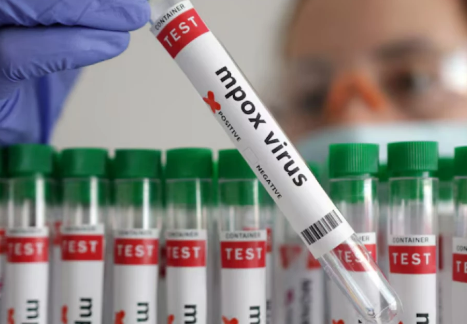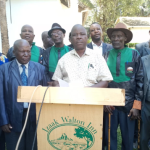Kenya is intensifying its efforts to contain the spread of Mpox following the confirmation of five positive cases. Public Health Principal Secretary Mary Muthoni highlighted the enhanced screening and response mechanisms, particularly at border points like Loitoktok and Namanga. Over 800,000 individuals, including travelers, have been screened so far, with 150 samples analyzed. Out of these, 143 were negative, while two results are still pending.
To tackle the outbreak, the Ministry of Health has introduced a **National Mpox Preparedness and Response Plan**, allocating **Ksh. 6.7 billion** for coordinated action. The plan employs a **three-tier response system** aimed at containing local, regional, and national spread. The breakdown of funds includes:
1. Local containment: Ksh. 1.7 billion will go toward community-based surveillance, health worker training, and the provision of PPE, sanitation supplies, and temporary isolation spaces.
2. Regional spread: Ksh. 2.3 billion will focus on controlling cases in fewer than five counties, with significant investment in health worker training.
3. National spread: If Mpox affects five or more counties, Ksh. 2.6 billion will be allocated, with portions for healthcare worker sensitization, contact tracing, infection control, and lab support.
High-risk areas include border counties such as Busia, Bungoma, and counties along major routes from Uganda to Mombasa, like Kisumu, Kericho, Nakuru, Nairobi, and Kajiado. Cross-border movement remains a significant concern for the spread of the virus, particularly from neighboring countries experiencing outbreaks, including Uganda, the Democratic Republic of Congo, Burundi, and Rwanda.
“We are keen on risk communication we have enhanced our communication and that is why I am also here, we are insisting that every traveller must go to the port authority and they must be screened,” Muthoni added.
The Ministry of Health is working closely with county governments and other agencies to strengthen preparedness at all border points.



